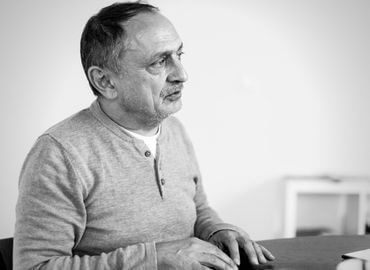Propaganda has long and firmly supplanted all else and has become familiar to socio-political sources of information in Belarus. Now it seems it will come to replace technical and scientific expertise.
In the 4th issue (for April) of the journal Energy Efficiency an article was published entitled «Energy transition and integration in the electric power industry in the Eurasian space» by L.V. Shenz (chief editor of the journal) and D.A. Melnik (advisor to the Electricity and Nuclear Policy Division of the Energy Department of the Eurasian Economic Commission). The article does not comprise a deep technical analysis of current trends, but it is replete with general expert assessments of the conditions of the energy systems of the EU, the EAEU, and other countries. This kind of expert review by authoritative authors can have a profound effect on the views of readers. But in choosing between «true authority» and «authority of truth» one should always choose the latter. In this work, we will attempt to examine how well the authors’ findings correspond to reality.
In the very first paragraph, the authors agree that the transition to «green» energy is «included in the global energy agenda» and indicate that this process is called «energy transition.» This, it seems, is all that needs to be said about energy transition. It is not mentioned in the article again, save for an attempt to redefine energy transition itself.
What follows is a listing of the challenges and negative consequences that countries have supposedly faced on the path to energy transition, with no mention of benefits. Following is an analysis of points made in the article.
«…Recently, in countries with a high share of renewable energy in end-user electricity consumption, electricity has become less affordable for people and energy prices are breaking all records.»
It is not entirely clear what the authors mean with the word «recently,» that is the 2020-2022 period that witnessed significant energy and economic shocks (a reduction in consumption during the pandemic followed by recovery), or the longer period of 2010-2020. These are different types of analysis and different conclusions. As can be seen from Figure 1, all EU countries have increased the share of renewable energy in electricity generation, while at the same time, in most cases, reducing the cost of electricity.

Figure 1 —Impact of increasing the share of renewable energy on the price of electricity in EU countries
There could be many reasons for the change in the cost of electricity. A detailed analysis of the reasons for the change need not be conducted, but this graph shows that the increase in the share of renewable energy and the increase in the cost of electricity has no direct relationship.
«In late 2020 and early 2021, the share of coal in China’s energy generation returned to 2020 record lows, despite an increase in the share of renewable energy sources (RES) in the capacity of China’s electric power industry in 2020.»
From this phrase, it is taken that the share of RES has increased, and if at the same time the share of coal generation increased, then likely the consumption of natural gas decreased.
However, this did not occur. The share of coal in China’s energy generation on average over the year remains at minimum historical levels (Figure 2). That is, the thesis expressed in the article is either obviously a lie, or this trend took place in some very short time interval, running counter to the general trend. But to use it as an argument in describing the energy transition is a manipulation of facts.
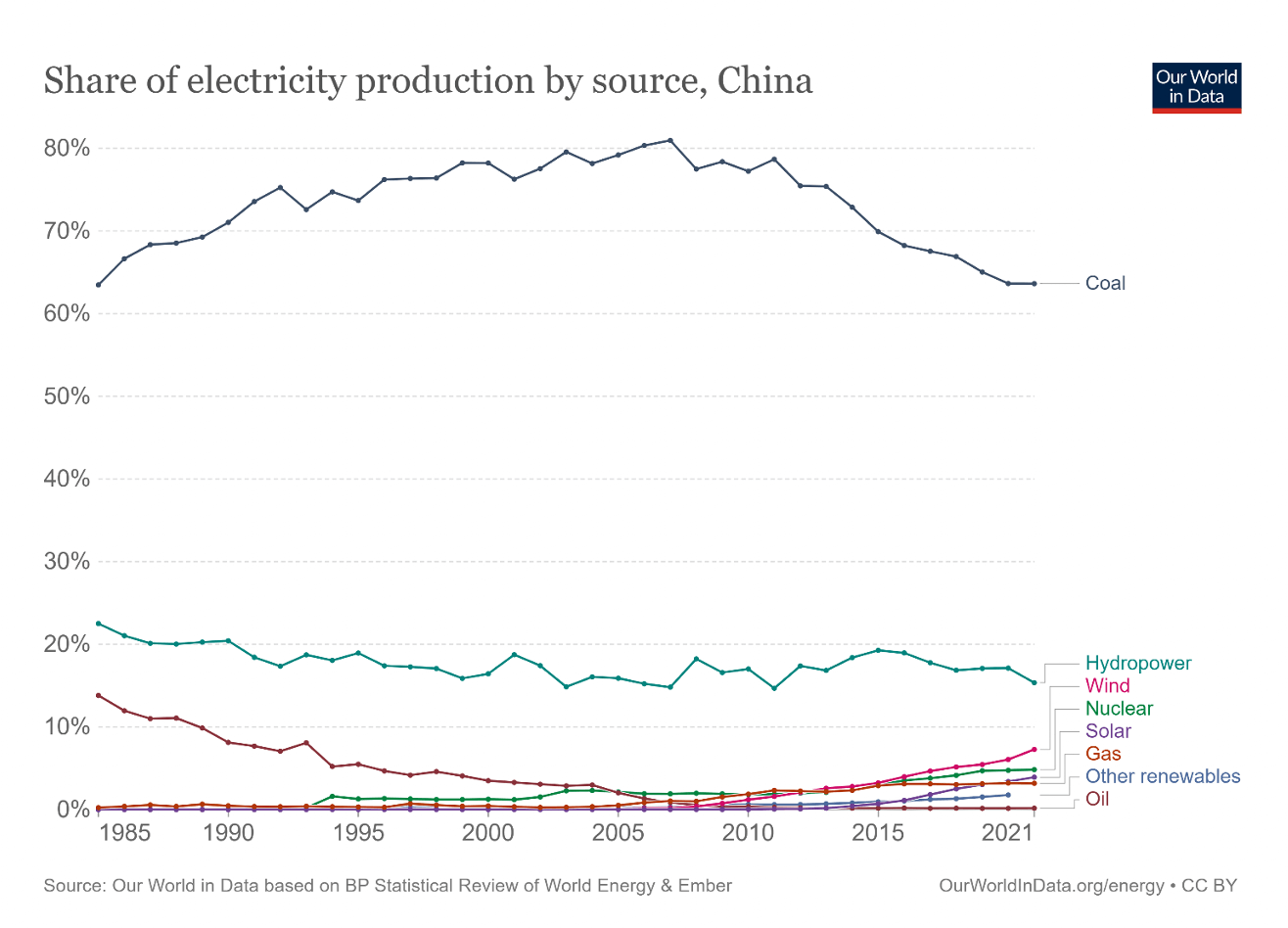
Figure 2 — Structure of electricity generation in China
«Also, windless weather in Europe made it impossible for windmills to generate enough energy to meet demand, resulting in a shortage.»
In fact, RES produced a record amount of electricity in 2021. Figure 3 shows the change in electricity production by month and by fuel type in the EU.
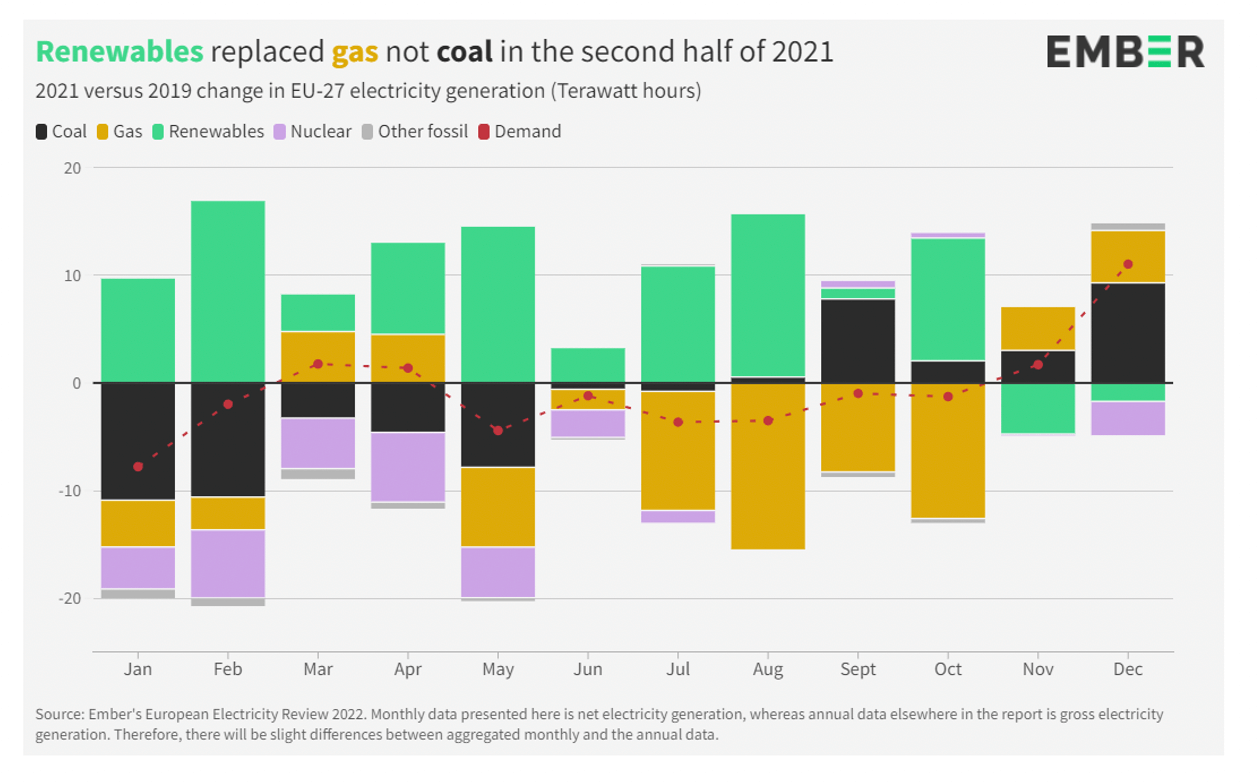
Figure 3 — Changes in electricity generation in the EU
Only the last two months in 2021 saw a reduction in renewable energy generation with a significant increase in coal production. At the same time, from July to October, RES already replaced gas generation, likely because coal plants operated at minimum capacity. In addition, there are no signs of a shortage of electricity. Growth in coal and gas generation in November-December took place against the backdrop of an increase in electricity consumption compared to the same period in 2019. Therefore, this quote is nothing but manipulation. Again, the short-term trend (2 months) is considered a result of the long-term trend.
«As a result, demand reached a 25-year high and gas reserves in European storage facilities were at a 10-year low. All the above had a significant impact on exchange gas prices in October 2021…).»
If you are only knowledgeable of natural gas prices in the EU, then this conclusion is the first thing that comes to mind. However, there was no significant increase in natural gas consumption in the EU (Figure 4).
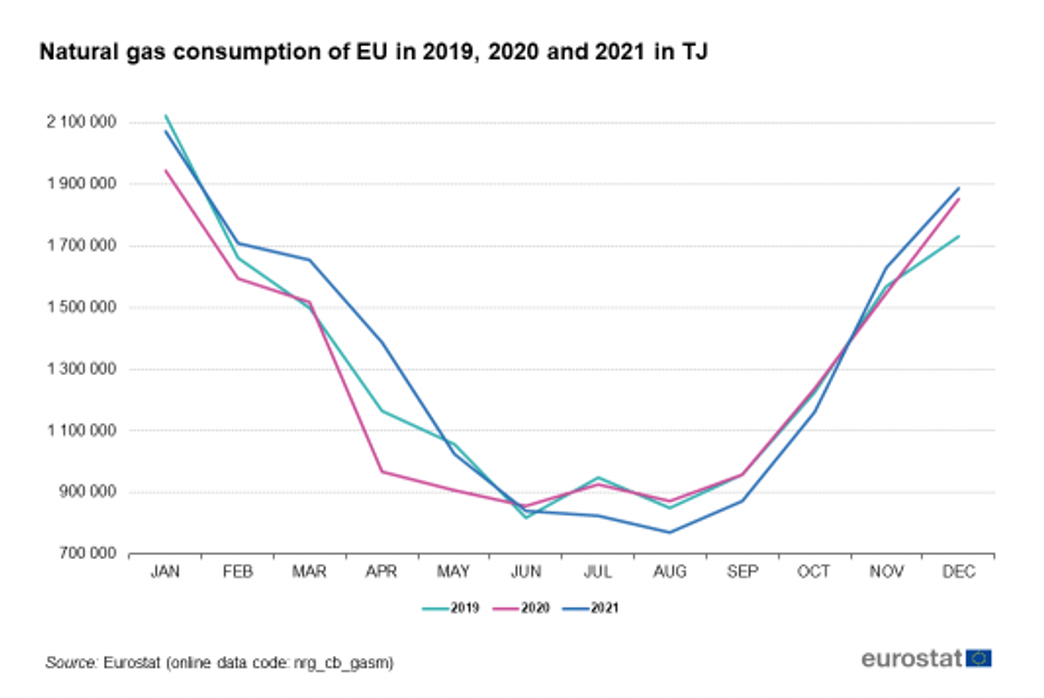
Figure 4 — Use of natural gas in the EU
Demand for natural gas remained consistent with a modest increase associated with economic growth.
The low level of gas reserves in European gas storages facilities has likely affected the price of gas in the EU. However, the low level is not connected with an increase in natural gas consumption.
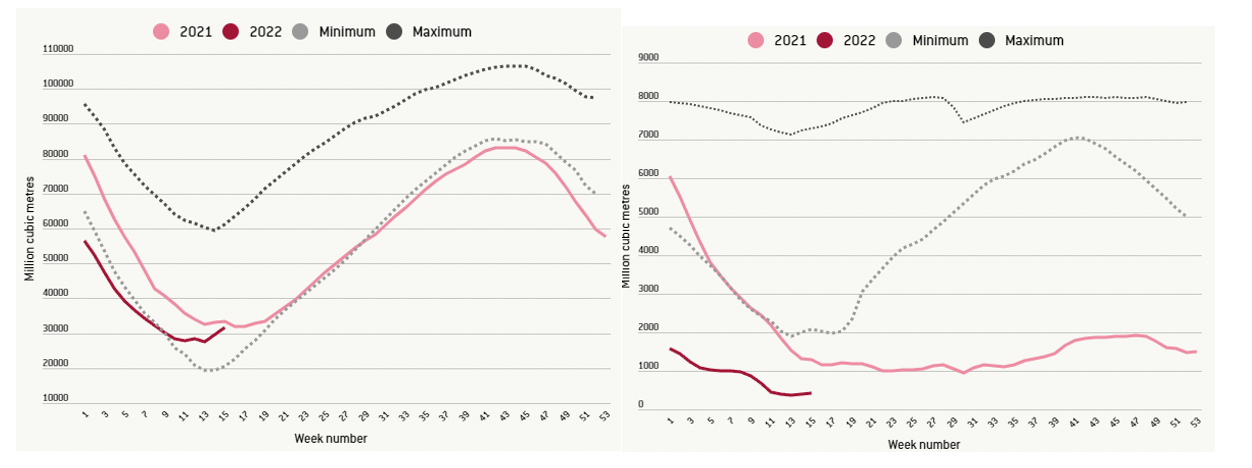
Figure 5 —Stocking of gas storage facilities in the EU as a whole (left) and gas storage facilities owned by Gazprom (right)
At the beginning of 2021 (until April), gas reserves in UGS (underground gas storages) were at average levels for the last 5 years. But even then, the volumes of storage in Gazprom storage facilities (storage facilities in the EU owned by Gazprom) were below the five-year average. After the end of the heating season in April 2021, European organizations began to stock their UGS facilities, but Gazprom did not. Figure 5 (right) shows that this was the reason for the deviation of stock levels throughout UGSs in the EU. That is, conditions were created for the creation of a gas shortage during the heating season and the reduction in RES generation in November-December 2021 became a trigger but was not the reason for the increase in electricity prices. Even with such a low stocking of Gazprom’s UGSs, by February 2022 UGSs in the EU were on average back in the range of normal storage volumes for February. Therefore, Gazprom’s non-market behavior in the EU gas market has led to an increase in gas prices. The reduction in renewable energy generation played a very minor and short-lived role. Aside from this, increases in electricity and gas prices were seen only in November and December. However, growth began exactly in April (Figure 4) when UGS stocks in the EU began to decrease because Gazprom decided not to fill its UGS.
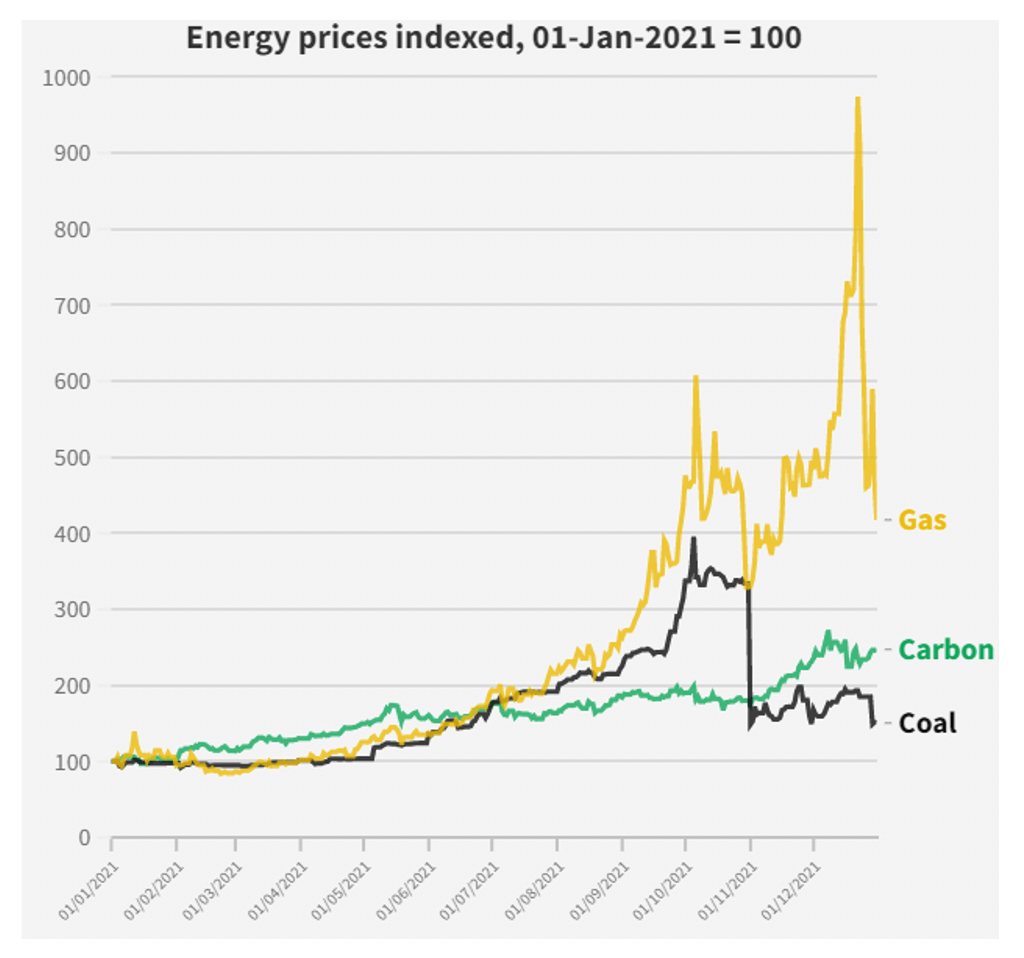
Figure 6 — Prices for fuel and energy resources in the EU
From all these erroneous (or false) ideas, a conclusion is drawn: «On a global scale, this suggests that the widespread use of renewable energy sources (RES) creates problems for the unstable generation of solar and wind energy, which, without the presence of other sources of energy in the country, leads to a disruption in the energy supply of residents and threatens the energy security of the state.»
But we see that the sun and wind can periodically reduce electricity generation, and reserves of other types of fuel are needed for this period. However, the real threat to energy security is dependence on energy imports from other countries, which through their actions can have a more serious and, most importantly, lasting impact on the reliability of energy supply. And this influence cannot be compensated by any reserves (because of its duration) but can be compensated either by diversification or by ensuring energy supply from one’s own energy sources. In countries without significant deposits of energy resources, such sources are precisely the wind and the sun. Because of erroneous (or false) assumptions, a conclusion is drawn that contradicts reality.
Further in the article, an obvious idea is offered that «finding the optimal balance between traditional and renewable types of generation and rational system reserves are the most important tasks for the future development of the electric power industry of any state.» Given this, for some reason the assumption is made that an energy transition can be achieved through «integration of the electricity markets of states that have obvious preconditions for such a relationship.» It is not clear how integration can lead to a transition of energy systems that are based on the use of natural gas and coals. No close integration of such systems will lead to the transition to the use of renewable energy and the reduction of greenhouse gas emissions by itself.
When it comes to preconditions for the unification of energy systems, Belarus is united with Russia’s energy system. Russia has its own energy resources in huge quantities. The threats to its energy security are mainly in the reduction of energy exports or in the technical reliability of energy supply systems.
On the other hand, using the example of Ukraine and Lithuania, Belarus could join the EU energy system and unite with the same countries that do not have their own resources and therefore must increase capacity for renewable energy while developing mechanisms for energy supply reliability. If the political preferences of the current regime are not considered, then from a technical point of view Belarus has more preconditions for unification with the EU energy systems. Increasing the size of the energy grid brings more benefits especially for countries with a larger share of renewable energy. If a country has its own energy resources, the interconnection of energy systems does not provide a significant advantage. We see this in the example of energy grid in the Far East, which still operates in isolation from the Russian energy system. For some reason, no measures are being taken to integrate parts of the Russian energy grid into one system.
Further, a proposal is made «on the need for the emergence of the 5th stage of the energy transition, which should be characterized by joint efforts and the presence of a coordinated policy to ensure the energy security of neighboring states (found in a common integration association)…»
This phrase already speaks of a complete misunderstanding of what is happening. First, it is not clear what the stages of the energy transition are. Globally, there is discussion of an energy transition. If the authors wanted to talk about the 5th energy transition, then the transition to renewable energy is considered the 4th energy transition (1st – start of using coal instead of wood; 2nd – development of the use of oil and oil products; 3rd – expansion of the use of natural gas). The 4th energy transition is just beginning. Do the authors think that it has already ended in Russia and Belarus? Or did they decide that the 4th energy transition is not for them, and they will immediately start the 5th? This is a very dangerous assumption.
When you do not want to do complex things with radical changes in ways you usually work, you deny the need for such changes and make efforts to point out why they are not necessary. Even better is to think up «other important» events that are clearer and easier to do. In other words, instead of a real discussion of the current situation, the authors offer some form of procrastination.
The danger of this approach lies in the fact that many examples can be found when organizations or countries tried to skip some stages of development or did not take part in global processes. The result has rarely been positive. For example, some African countries, due to various circumstances, could not develop their electric power industry at a time when the whole world was doing it. As a result, today these countries have modern Internet, cellular communications, but at the same time they do not have a reliable power supply system and they must charge mobile phones from solar panels. Another example is those who believed in the ideas of Karl Marx, who, despite his warnings, tried to build socialism from peasant communities, bypassing capitalism. The price of such an attempt was the millions of people who died in the civil war, from hunger, and in the camps.
And what is the essence of the proposed 5th energy transition? The interconnection of power systems? This was already proposed in the GOELRO plan, which was implemented during the second energy transition (in the 1920s). The energy system will not be improved by the merger.
And it is especially important for understanding the moods of the authors in the last phrase in parentheses – «found in a common integration association.» From a technical point of view, there is no difference in one integration association whether energy grids are located there or not. The work of the Belarusian energy grid together with Ukraine’s in the recent past greatly assisted both countries, various «integration associations» notwithstanding. And it was political (and then armed) conflicts that worsened the situation of both energy systems, including politically motivated refusals to trade energy. At the same time, electricity trade between Belarus and Russia’s energy grid was insignificant despite their having a «common integration association.» This is purely a political statement. But politics always loses to economics. Active trade in electricity between Belarus and Russia is impossible due to economic conditions.
The article ends with praises to the glory of EAEU common energy markets and about the progressive provisions included in the agreement noted earlier. The initial messaging on this communicated good intentions, but the policy of protecting the internal market has led to the forming of an agreement that does not contain any signs of a free market, and the agreement itself was violated already six months after signing.
For some reason, people who were or are still in charge of EAEU energy policy decided not to develop renewable energy sources even when economically feasible and insist on maintaining carbon energy. At the same time, to demonstrate action, it is proposed to begin activities that have been going on all over the world (including in countries in our region) for more than 100 years, while at the same time calling them the most cutting edge of energy development – the 5th energy transition – as if the 4th energy transition was already being implemented. Instead of action, procrastination and idle talk are offered with the appearance of being progressive advanced specialists. In the spirit of the times, for countries that return to medieval methods in domestic economic and foreign policy practices, the idea of unifying energy systems may seem very progressive.
Separately, it is worth considering the article’s authors. Leonid Vasilyevich Shenets worked as First Deputy Minister of Energy and Director of the Energy Department of the EEC. Judging by the article, a person with his view of the development of Belarus’s energy grid is based not on a technical analysis of the situation but grounded in politics. The article is more like that of a propagandist ready to distort the facts in any way to satisfy a political order. At the same time, any person who analyzes the situation in the world and region knows this. An idea like the one expressed comes from a person who draws information from politically biased media, and not from objective sources of information. Such people have long determined and continue to influence the direction of the development of the energy sector in Belarus.
Материал доступен на русском языке: Пропаганда в профильной энергетической литературе











